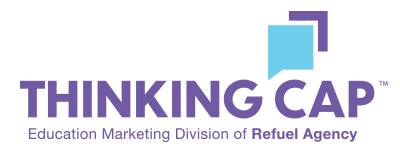Higher education marketing used to be simple. Prospective students would submit paper applications and call if they were interested in your school. The reputation and established tradition of higher education preceded any of enrollment marketers’ efforts.
But now, buying power is entirely in the hands of your prospective students. They can, and expect to, know everything about your school before they even pick up the phone to call or set foot on campus. This is a new world of marketing, an entirely new generation of prospective students, and a new standard for communication.
Prospective students are making snap decisions about your school long before they ever talk to a real person. Because of this, data has never been more important. There are things your prospective students aren’t telling you that are crucial pieces to an effective marketing strategy.
After 25 years of experience driving significant ROI and conversions through digital marketing, I’m here to tell you what your prospective students won’t–so that you can craft meaningful campaigns that turn your prospective students into your future students.

Read next: The Ultimate Guide to Marketing to Gen Z
1. Even in a digital era, they still open your letters.
Direct mail has been a tried-and-true tactic for enrollment marketers, but the digital orientation of Gen Z prospective students may lead you to question its effective. However, studies have shown that 78% of students cited that paper mailings from colleges were a useful source of information, and 62% indicated that personal letters influenced their choices.
As digital natives, your prospective students do have an affinity towards digital media – but that could be why they’re still excited to see your mail show up on their porch. In an era defined by the ability to send a lot of relatively unimportant messages across digital platforms, direct mail can signal importance and legitimacy.
2. They’re influenced by the people they trust.
You have likely reached your prospective students through a variety of touchpoints – email, social media, direct mail, your website, search ads, and the list goes on. But the thing they aren’t telling you? It’s that at the end of the day, their decision came down to a recommendation from their dad, or coach, or favorite teacher, or an admissions counselor.
When it comes to your enrollment marketing strategy, don’t neglect nurturing and influencing these crucial touchpoints: the people your prospective students trust the most. According to research from Thinking Cap Agency, a few of the most trusted sources when researching higher education are friends, family, admissions counselors, campus tour guides, and faculty recommendations.
3. They always have their phones – and they want you to text them.
A recent study showed that 95% of Gen Zers own a smartphone, and they text a lot. Actually, while only 16% of higher education marketers use texting as a marketing strategy, it boasts a 60% effectiveness rate. Texting is one of the easiest and most familiar ways to connect with your Gen Z prospective students, 70% of whom prefer to communicate digitally. Text messages have a 99% open rate and an average 90-second response rate.
But don’t go crazy – no one wants random texts lighting up their phone. Instead, develop an opt-in program for students that allows for quick and easy updates that are relevant to them. This is especially useful for students who are already very interested in your school. Use texting for financial aid deadline reminders, reminders to campus tour meeting points, or announcing new programs.
4. How you influence them depends on how interested they are.
A prospective student who knows nothing about your school will need different marketing tactics than a student who is on the verge of deciding. So if you aren’t keeping a close eye on your enrollment funnel – it’s time to start.
For example, students in the awareness phase of the enrollment funnel are looking for high-level, enticing information about your school – they respond well to mailers, social media, and well-designed website that’s easy to navigate. In contrast, students in the action phase of the enrollment funnel are looking for practical information, like where to find scholarship information and where to apply and enroll. So for these students, a continue email campaign, personal phone calls from an admin officer, and a website that’s easy to navigate will be your most influential strategies.
For every stage of the funnel, your goal is know your prospective students’ goals – and ease any friction points in your future students’ enrollment process.
5. Ultimately, your prospective students will be influenced with experiences.
Finally, prospective students will be the most influenced the experiences they have with you – by getting a taste of what attending your school will be like. One study showed that 96% report that open house events are effective, and that 98% report that campus visit days for high school students are very effective. Nothing promotes a confident decision more than being able observe student culture, meet other prospective students, get a feel for the campus layout, and be able to ask questions to real people.
Read next: Authentic Storytelling is the Future of Enrollment Marketing
Given the current uncertainty around when on-campus tours and events will phase back into your enrollment marketing strategy, make sure that you’re adapting your strategy to include personal, virtual substitutes. A recent study from Thinking Cap Agency showed that 39% of students between the ages of 18 and 24 are likely to take virtual tours instead of attending an open house. Students are engaged with social media, interested in filling their time at home with admissions phone calls, and they’re excited to take the next steps towards their future.




